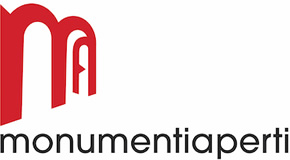The New Villa Sulcis Museum, which opened in 2008, has been reborn along with a museum project that describes the changes in the archaeological landscape, from the Neolithic to the late Roman period, through a highly educational layout. The first room, the Territory Room covers the entire area. Following the right wall, one visits the themes and sites that tell the story of prehistory and protohistory. The birth of agriculture, the emergence of villages, deity worship and cities of the dead in the Neolithic period (c. 6000-2800 B.C.); contacts with other European cultures, early metalworking in the Eneolithic period (c. 2800-2200/1800 B.C.); cave worship, daily life of Nuragic communities, mining in the Bronze Age 2200/1800-900 BCE ca.); Iron Age changes with contacts with the Greeks, Etruscans and especially the Phoenicians (900-550 BCE ca.). In the connecting ramps the sites become archaeological landscapes; through views of the ancient Via Sulcitana, which connected Cagliari to Sant’Antioco, we reach the second room, devoted to the Phoenician Sulcis, illustrated by materials from Sulky- Sant’Antioco, the dominant center, and the coastal center of Bitia. Getting even more specific, we come to the room of Monte Sirai of Carbonia, Room 3. The life of the Phoenician and Punic center (c. 750 to 100 B.C.) is still described through themes (the temple and deities, architecture and domestic activities, burials and funerary rites), but above all through cutaways of daily life, with the reconstruction of a Punic kitchen, burials in the pit, the cutaway of a chamber tomb, and the exterior wall of a house. Then following the circular path, on the left side, we reach the later periods. Then following the ramps backwards one finds the landscape in Phoenician and Punic (ramp 1) and Roman (ramp 2) ages. Finally, the right wall of Room 1 describes the territory in Roman times (238 BC. – 500 A.D. ca., with the milestones of the Via Sulcitana and the necropolises of Carbonia), including the underwater one, with the ancient landings and wrecks that can be reconstructed with materials from Cala Piombo (Teulada).









